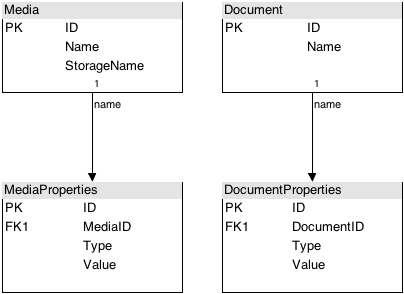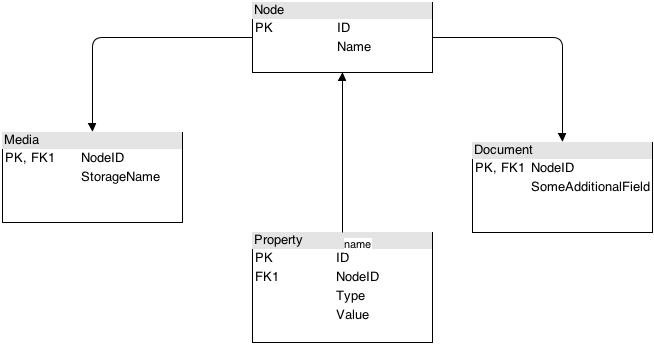I have recently made a great fuzz on twitter by saying I don’t want people to use the content section of umbraco as a data store.
A lot of people did not agree and then the debate began. The feedback was so overwhelming neither me, nor my coworkers could keep track on who, what and where the debate took place. So I decided to make this blog post.
So, my initial statement is still valid. “No matter what you think, do not use umbracos content section as a data store”.
First off, what is data and what is content? Well it’s a bit fuzzy but this is my definition: Any information that is to be considered as metadata, (product information, member profiles, log entries, values for lists and so on and so fourth), is to be considered data and therefore NOT content.
All of that data has to be stored in a real data store. Said data store would I prefer being a database. And since we are using umbraco, and .NET, why not adding a couple of extra tables in our already setup database?
By using your own data store, you get a lot of possibilities. Possibilities umbraco do not offer. In your own data store, you can organize your data the way your data should be organized. The umbraco data store is build solely to deliver content, not ecommerce, not to serve as an ERP or as a CRM. Umbraco is a CMS, it is build to deliver content. You can even cache your data as you like. And why not use lucene for that? It comes with umbraco, and it is ridiculously fast, and you can index anything you want and in any way you want. The indexes and caching mechanisms used by umbraco is build to deliver content, it is build to serve umbraco content, not ecommerce content or ERP content, only umbraco content.
So if you are to build an ecommerce solution, or a CRM. Use your own data store. This way, you don’t force umbraco into being something it is not. You make it way easier for your users to distinguish umbraco from you solution, and in case of extending or rebuilding parts of your solution, you don’t have to force umbraco into submission, you only have to change your own code.
So lets say you do use umbraco as a data store, what problems are there: Well, as stated earlier, you are then forcing umbraco into being something it is not, you are cluttering umbraco.config with non-content related information and you are making an enormous content tree. You are furthermore cluttering the data base, we all know that any database gets slower the more data you have to out into it, and by using umbraco as a data store you are adding A LOT OF DATA!
Lets take an example, (this is a bit simplified, I know): A customer has five properties: ID, Name, Address, city and postal code. In my database: one table, five fields, each customer: one row. In umbraco this translates to: One doc type (1 row), four properties (4 rows) and one customer becomes 5 rows in two tables: 1 row for the node, and one row for each value, and I haven’t even included history information.
This means that the database has to handle five times the amount of data by using umbraco vs. a custom table, that is bad! “But hey! Umbraco has it’s XML caching and lucene to help that load!” Yes, but the XML cache and lucene won’t help much when we need to make CRUD actions in our data base. I have seen very large umbraco trees, and they are very heavy. I have seen loading times around five minutes. Not on the end user side, no in the back office. And yes, people do use the back office.
Umbraco also has a very strict set of rules. Umbraco is build as a tree, meaning you have a parent and a lot of children. I would love to see how you would handle a many to many relation, like product <–> category, using umbraco. In a database, I would add one table with two primary keys, set as foreign keys to product and category.
I usually use the argument of scalability. A database is build to be scalable, and in my opinion it is much easier to add an extra table and a couple of extra fields, than it is to create an extra doc type and a couple of extra fields. It is furthermore way easier to rearrange data in a database, than in umbraco.
This is my proposal: Build your own data store, cache and index your data using lucene, build a custom dashboard and tree for umbraco and stop forcing umbraco to do your job. Umbraco is a CMS, not EPR, CRM or shop. If you want that, build it as a plugin.





